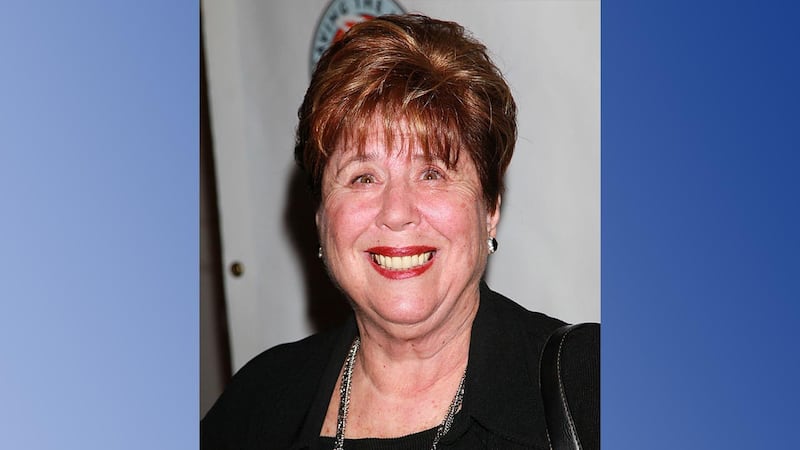YORK COUNTY, S.C. — Two hundred and forty years after the border between North and South Carolina was first mapped out, it's become a frightening issue for many home and business owners in both states.
North and South Carolina officials are in the final stages of deciding once and for all where the 334-mile border between the two states really is.
The true state line was lost over time because the original boundary was marked off using rocks and trees. The trees died off, and developers cleared land, destroying boundary markers that had stood since a 1772 survey.
Sid Miller, head of the NC-SC Boundary Commission, said it plainly.
"They went 240 years marking trees they knew were going to die, and didn't do anything about it," he said.
The push to reestablish the state line began in Charlotte in the mid-'90s. Development was booming and builders were asking questions at projects along the state line about where the boundary truly was. Commissions were formed in both states to pinpoint the actual state line, and teams have worked for nearly 20 years doing just that.
They located some of the 240-year-old boundary stones marked with the dates of the survey. Some are as old as 1815, some even older. Most, however, are long gone, along with the trees that were marked with axes in the 1700s.
Lewis Efird wishes the state line would stay right where he thought it was. His York County convenience store has long been just inside South Carolina on Highway 274. Now it's actually in North Carolina.
Like more than a 100 others, Efird got a letter, telling him his land will be affected by the new border survey.
"When I got the letter back in 2011 and I read it, I couldn't believe it myself," Efird said.
On Tuesday, he told members of the Boundary Commission in Rock Hill that his business was doomed if it moves to North Carolina.
"Seventy percent of my business will be gone," Efird said.
That's because his store won't be able to sell fireworks, alcohol or cheap gas at South Carolina prices, and Efird fears it will go under, as soon as the newly-drawn state line is made official.
More than 50 homes along the path of the reestablished line are either now in another state, or the line now cuts the homes in half.
That raises concerns about where to pay property taxes, where children will go to school, emergency services, insurance rates, and much more.
Right now, those tough issues are in the hands of attorneys general in both states who are writing bills to try and help people avoid those hassles.
Emory Smith, with the attorney general's office in South Carolina, said he's working on a bill that could provide relief in several areas.
The proposal would help people avoid having to pay back taxes to their new state, set a fair start date for the payment of property taxes, allow school attendance to stay the same, assist with property surveys and title searches, and allow for in-state college tuition for those families.
All of this will likely be put to a vote in both states next year. State Sen. Wes Hayes sits on the boundary committee. He expects to see a bill on this issue in January, and hopes to lessen the pain for homeowners.
"A lot of people plan where they live. It's not an accident that they go to one state or another, and then to find out you're in another state, that can be a hardship," Hayes said.
It's not clear if either state has the right legally to grandfather in homeowners and businesses who are suddenly on the opposite side of the border.
That's another issue attorneys general are working on.
Now that the nearly 20-year project is finished, it's up to state lawmakers to make it official, and to figure out how to keep it from being disruptive to hundreds of lives.
Commission members said if this new survey of the state line was done 30 years ago, it would have mattered little, because there wasn't much development along the border. Now it's a very different story, and a problem unlike any other.
"This is all brand-new ground," Hayes said.
WSOC





